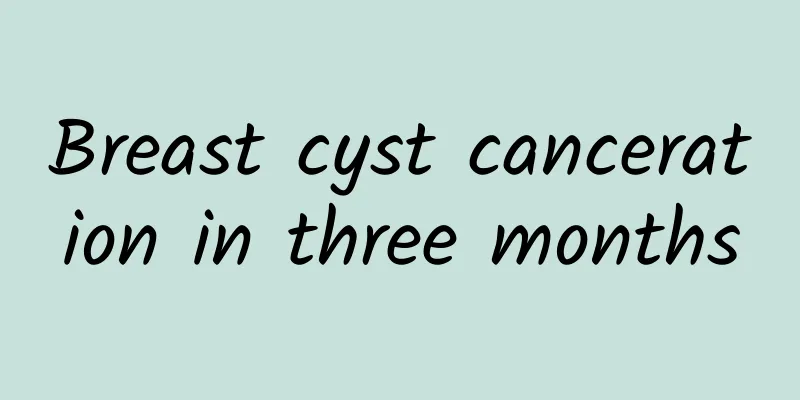What are the symptoms of bone spurs?

|
Bone spurs often present with symptoms such as pain, joint stiffness, and limited mobility. Specific areas may also experience swelling or numbness due to nerve compression. Bone spurs are proliferative changes in bones caused by degeneration, injury, or long-term uneven force. In severe cases, medical attention should be sought in a timely manner to avoid worsening symptoms. 1) Pain and local stiffness The most typical symptom of bone spurs is pain, which is more obvious after activities. This is because after the bone spur is formed, its abnormal protrusion may irritate the surrounding soft tissue or nerves. If it is located in the cervical or lumbar spine, the patient may feel stiffness and discomfort when waking up in the morning, and the symptoms will gradually ease after activities; if it is a bone spur in a weight-bearing joint such as the knee, the pain related to exercise will be more obvious. Ways to relieve it may include proper rest, hot compresses, etc. If the pain continues to worsen, you need to seek professional medical help in time. 2) Numbness or tingling caused by nerve compression When bone spurs are located near the spine, they may compress the peripheral nerves, causing numbness, radiating tingling, and even weakness in the hands and feet. For example, cervical spurs may compress the cervical nerves, causing neck pain to extend to the arms and even fingers, while lumbar spurs may compress the sciatic nerves, causing radiating pain from the waist to the lower limbs. If the above symptoms occur, it is recommended to take a spinal X-ray or MRI to determine the cause. 3) Joint soreness and limited mobility When bone spurs are in the joints, they can cause soreness and swelling due to friction, and can also limit joint movement, affecting daily life. For example, patients with knee bone spurs will feel discomfort when squatting or climbing stairs, while heel bone spurs can cause tingling when standing or walking. These symptoms can be relieved by strengthening joint strength exercises, such as swimming, simple stretching exercises, etc., but excessive weight bearing will aggravate the symptoms, so you should pay attention to moderate exercise. 4) Local swelling and inflammation Bone spurs may also cause wear and tear in the joint cavity, leading to inflammation, which may be accompanied by local swelling, fever, tenderness, etc. Usually, this situation needs to be relieved by anti-inflammatory drugs such as ibuprofen or naproxen. At the same time, topical ointments or physical therapy can be used under the guidance of a doctor to reduce the inflammatory response and relieve discomfort. Symptoms of bone spurs vary depending on the location of the bone spur. If the symptoms are mild, they can be relieved by improving lifestyle habits, increasing joint flexibility and muscle strength, and exercising properly. However, if there is obvious pain and dysfunction, you must seek medical treatment. Under professional guidance, the disease can be effectively controlled through medication, physical therapy, and even surgery. |
>>: What is the reason for a bulging belly and a lot of farts?
Recommend
Is there water in breast cysts?
Breast cysts usually contain fluid, but the speci...
What causes kidney stones?
There are many common causes of kidney stones, an...
Symptoms of acute urethritis in women: blood in urine
The symptom of hematuria in women with acute uret...
Is it better to take Chinese medicine or Western medicine for breast cysts?
The treatment of breast cysts needs to be determi...
Symptoms of second costochondritis
The main symptoms of second costochondritis inclu...
What are digestive tract tumors?
Digestive tract tumors are one of the common dise...
How to treat hemorrhoids in men
How to treat hemorrhoids for men? This is a quest...
What causes appendicitis?
The causes of appendicitis are mainly related to ...
Is surgery necessary for perianal abscess?
Perianal abscesses do not necessarily require sur...
What is the difference between drainage and radical treatment of perianal abscess?
There are obvious differences between drainage an...
What to do if you are in coma due to cerebral infarction
Stroke is a very serious health problem, and the ...
How to treat the early stage of recurrence of perianal abscess
The initial treatment of recurrent perianal absce...
Early symptoms of synovitis
Synovitis is a common joint disease. Its early sy...
What are bilateral cystic breast masses?
Bilateral cystic breast masses are usually cystic...
What to do with rheumatoid arthritis in fingers
What to do with rheumatoid arthritis in fingers? ...









